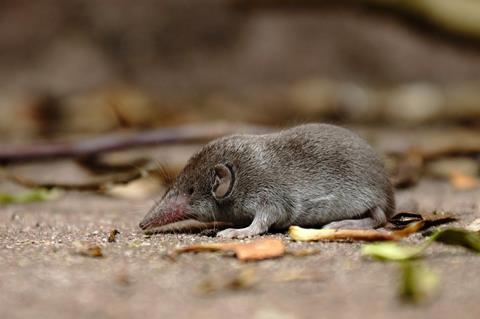Alaskapox virus (AKPV) is a Orthopoxvirus, a genus of dsDNA viruses that has been linked to smallpox.
The first detection of AKPV was in an adult living near Fairbanks, Alaska in 2015. Until the most recent case in an elderly man from Kenai Peninsula in mid-September 2023, there had been only seven known AKPV cases since 2015, all of which have been reported in the Fairbanks area of Alaska. The man from Kenai Peninsula had a history of drug-induced immunosuppression and became the first case of fatality.
Phylogeny
Genetic analysis of the AKPV shows that it is more similar to old world Orthopoxivirus compared to new world Orthopoxivirus. It is distinctly different from other Orthopoxivirus such as variola major (smallpox) but shares genetic similarities with camelpox and monkeypox. The AKPV isolate genome also unearthed a recombination with Ectromelia virus, which is thought to be mostly circulated in wild rodents in Europe. Despite the lack of evidence on the distribution of both species, Ectromelia virus and AKPV may not be geographically linked, hence suggesting a recent recombination or that the evolution of this region is relatively slow.
Transmission
Although patients did not report any direct contact with small mammals, all of them had domestic pets that were exposed to small mammals. Through intense testing, the CDC reported among 385 small mammals, 62 of which had anti-OPXV IgG antibodies. Among these 20 were positive for AKPV as tested by polymerase chain reaction. Furthermore, the AKPV virus was isolated from one red-backed vole and one shrew. This suggests that small mammals may be a AKPV reservoir for transmission to humans.

Symptoms
The most common symptoms of Alaskapox are a self-limiting illness consisting of a localized rash and lymphadenopathy, skin lesions, swollen lymph nodes, joint and/or muscle pain. Fever may follow a few days after the first skin lesion appears. The persistence of symptoms varied between patients.
Next steps/recommendations
Clinicians should familiarize themselves with clinical features and report suspected cases. Continued surveillance of small mammals in and around Alaska through the use of genetic analysis will provide a better idea of how widespread Alaksapox is.
Persons with suspected Alaskapox should be advised to keep the lesion clean and dry, avoid contact with the lesion and avoid sharing any items that come into contact with the lesion such as towels.








No comments yet